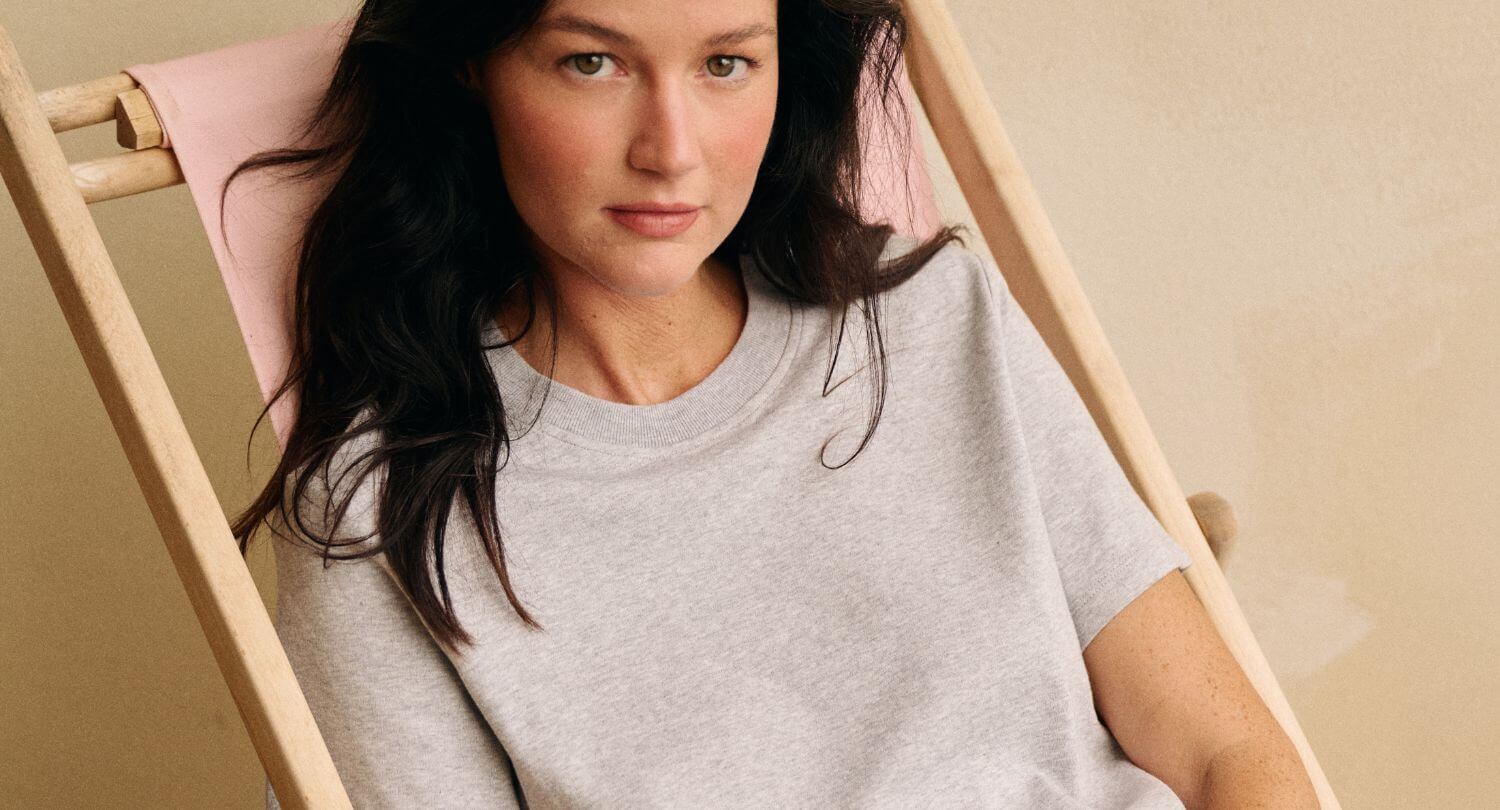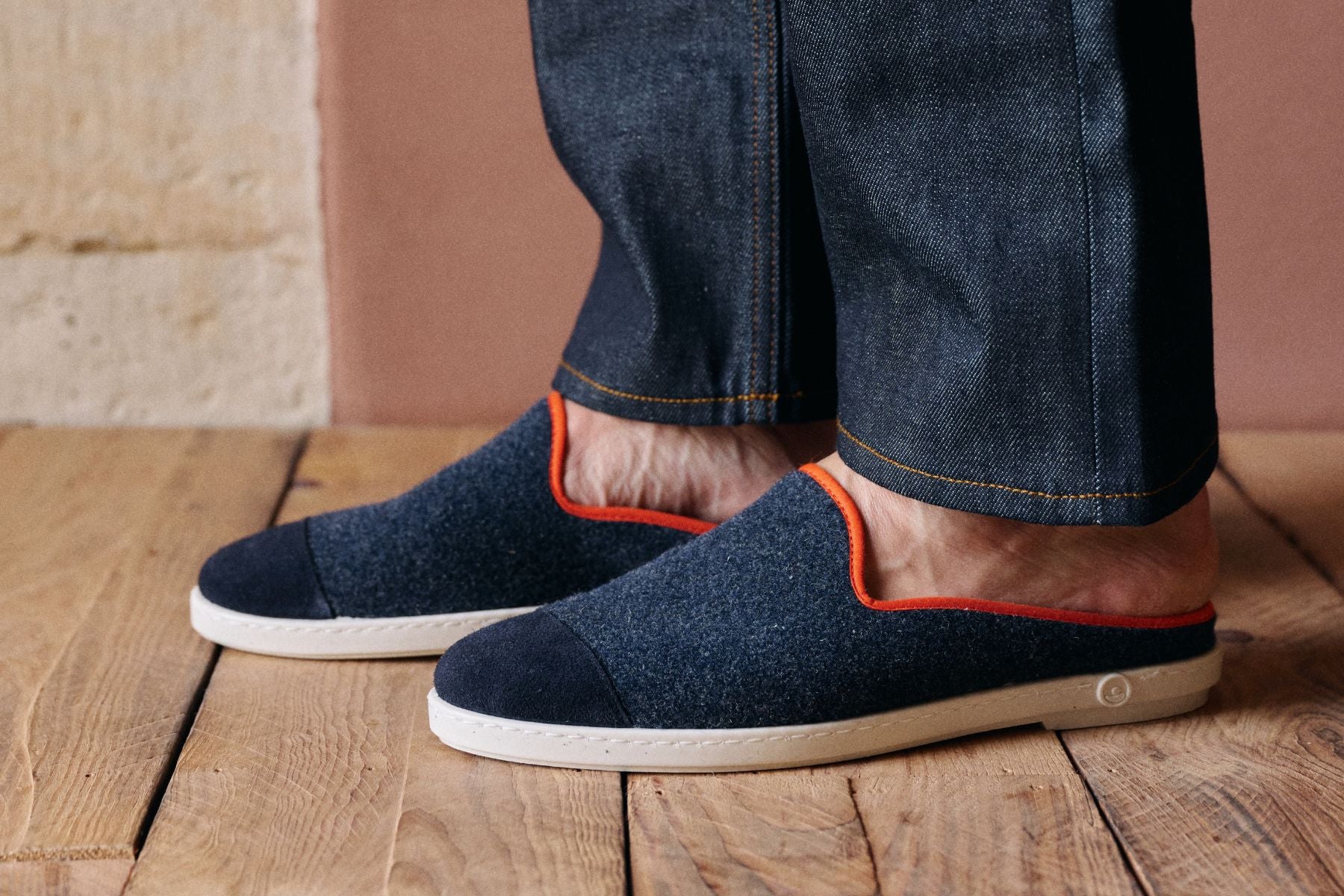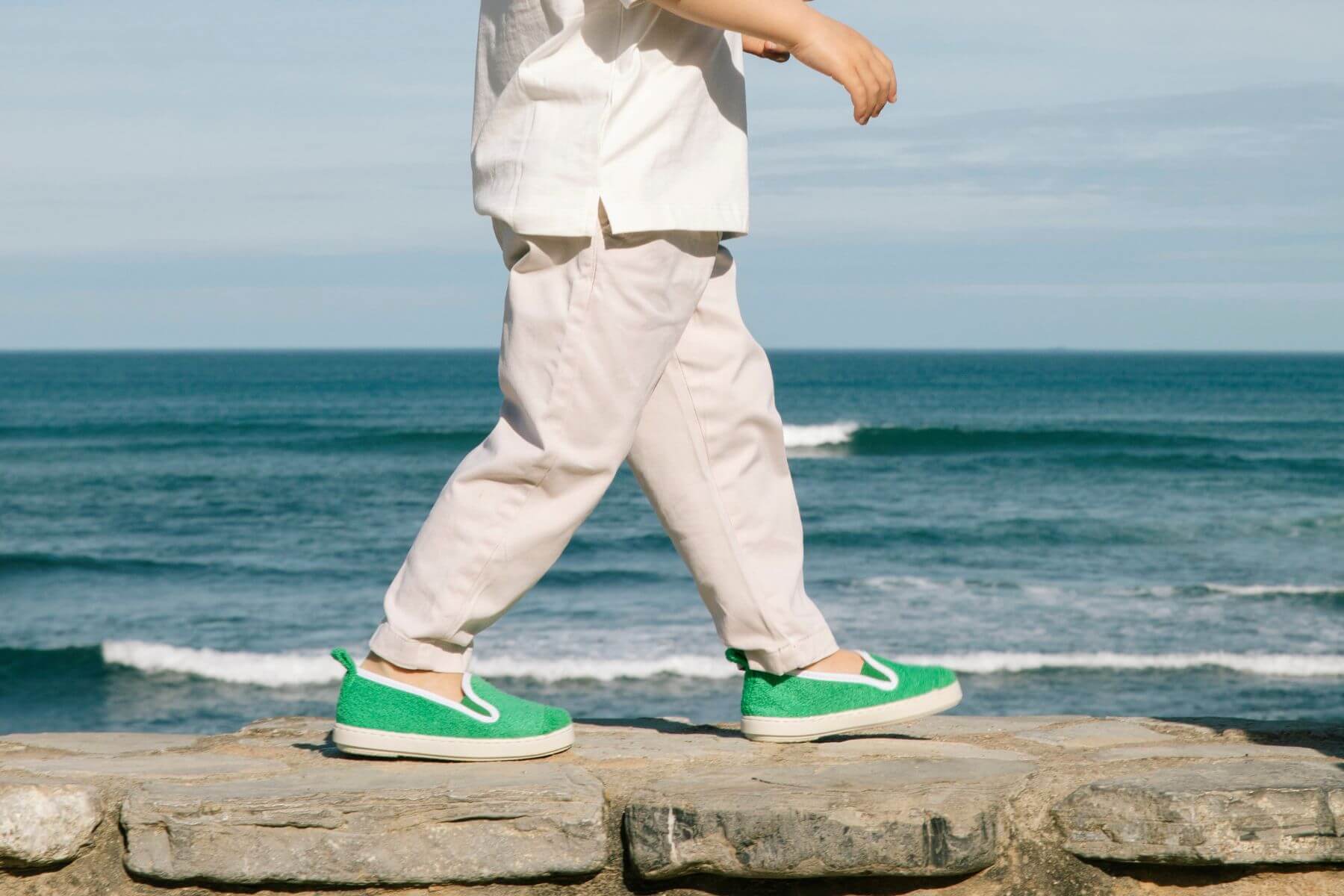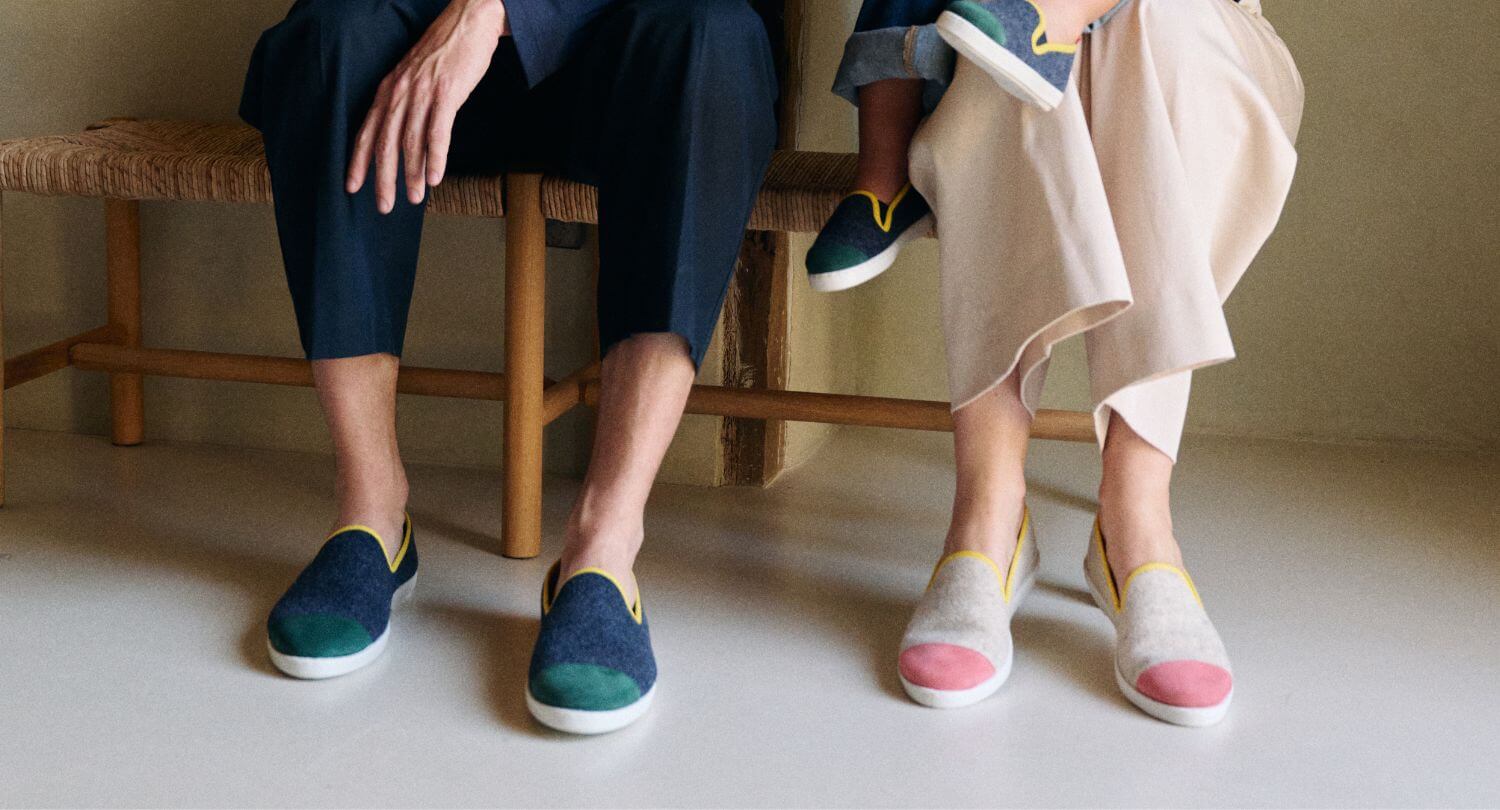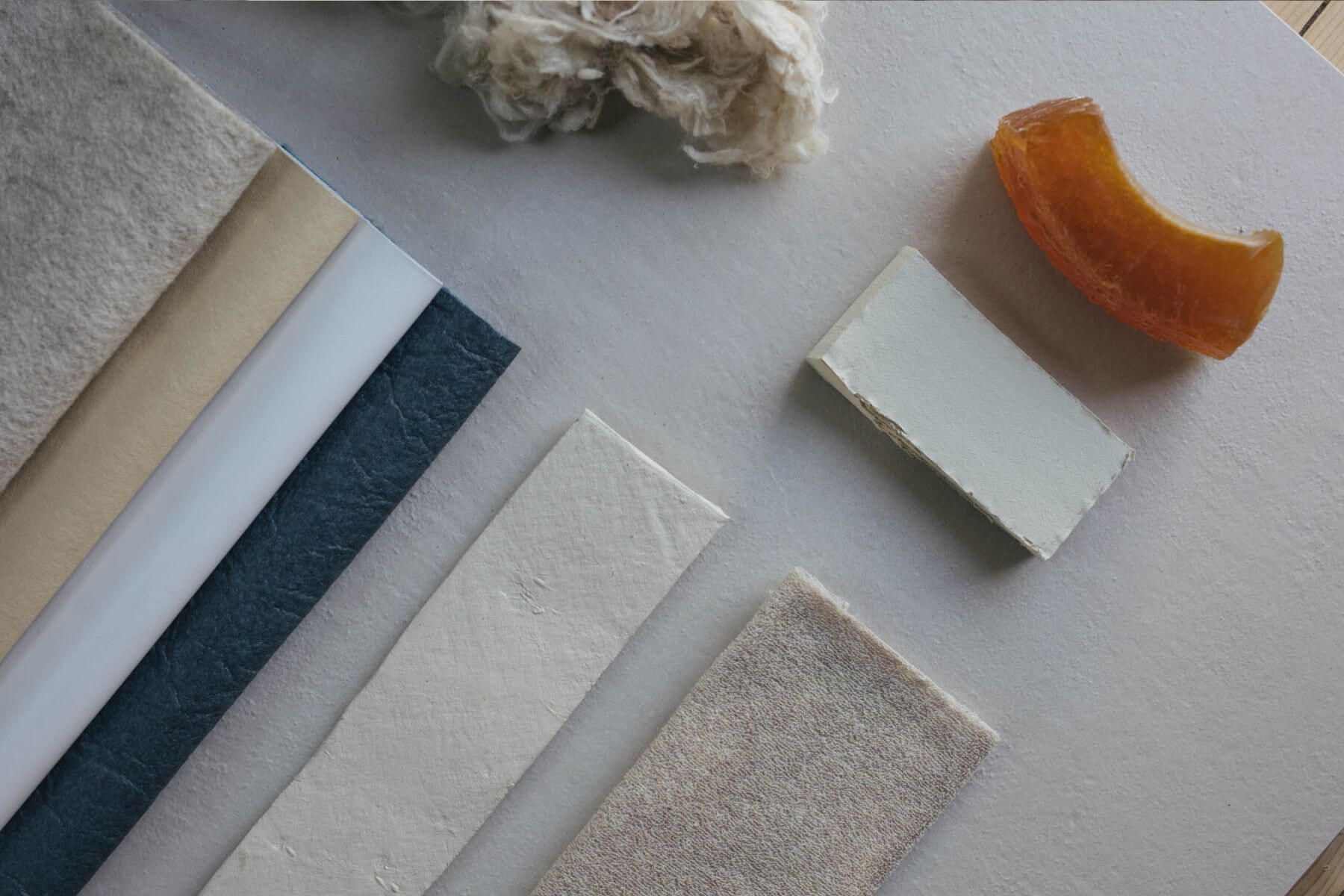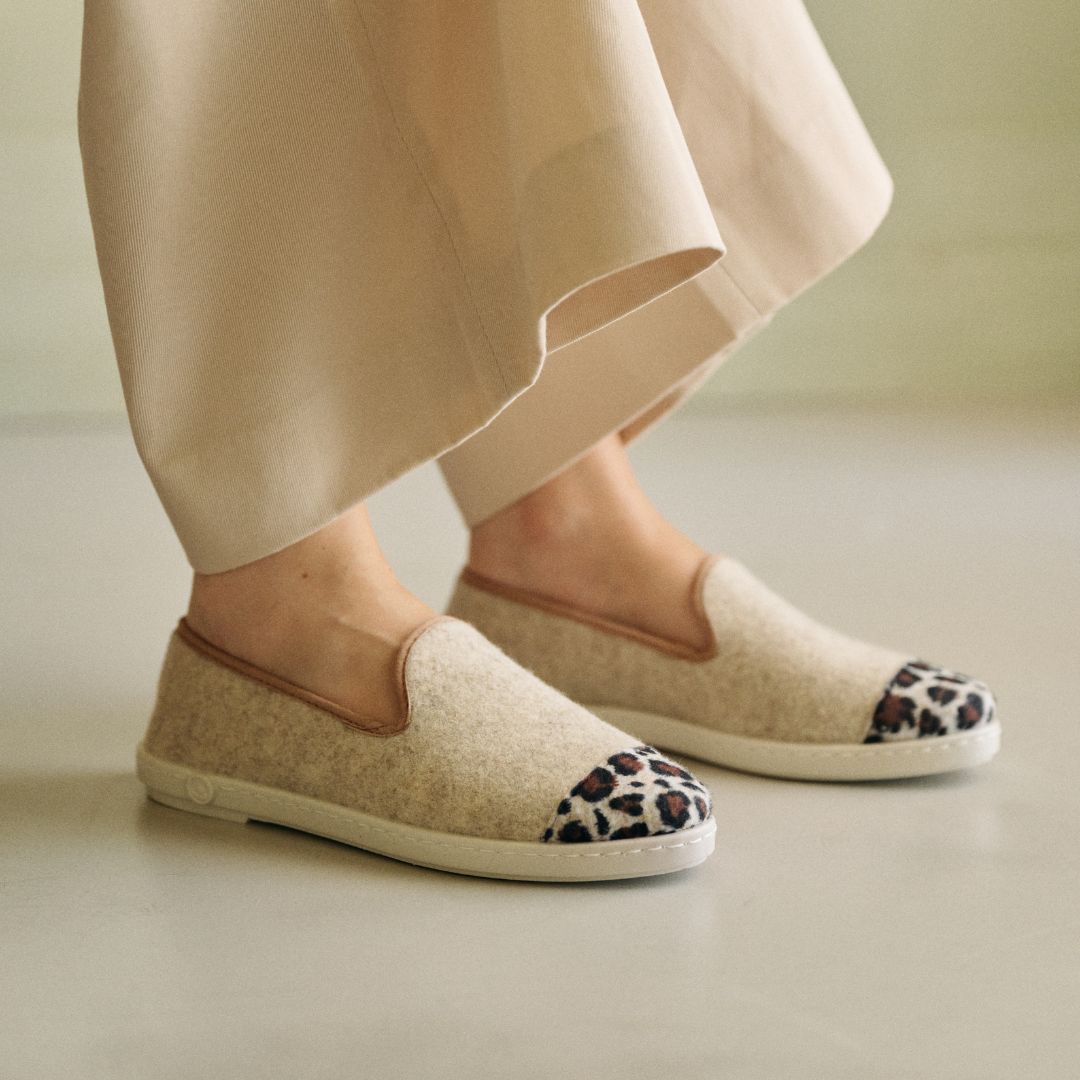Socks are often considered the least of our worries. It must be said that we don't always see them in our shoes. And yet, very often, it is an essential piece in our outfits. The fiber of a pair of socks can make all the difference: it will change both the aesthetics of the fabric, its effect against our skin and the environmental impact of the sock. Whether you are looking for socks for men or women, for hiking in Scotland, skiing in winter or simply for playing sports or wearing them under ballet flats, choosing socks can be as complex as any other clothing. It is just as much a question of provenance and materials, therefore of quality, comfort, warmth, perspiration, style, color and price. Here is a short article to answer all your questions regarding socks for men and women, and their material.
History of the sock:
The first remains of socks found date from 500 AD in Antinoe in Egypt. At the time, the sock had nothing to do with the knitted sock we know today. Instead, they are pieces of leather and fur that are sewn together to keep the feet warm and comfortable with sandals.
Gradually, in the Middle Ages, the sock became the prerogative of the wealthy classes, and factors of social distinction. It was not until William Lee in England in the 16th century invented the knitting machine that socks became popular. Nowadays, technologies continue to evolve to further improve this process. There are even 3D knitters who knit socks in one go.
So, as knitting and socks have largely entered our daily lives, we can no longer count the number of different models in terms of colors, patterns, shapes or even materials, both for summer and for summer. winter, for men and women.

Choose the fiber of your socks for its thermal properties:
How to choose warm socks for winter?
In winter, whether you're skiing or in town, it's cold and wet and having cold feet really becomes hell... Fortunately, a whole bunch of different materials are at our disposal to keep our little feet well warm.
The warmest: to keep your feet really warm, all wools are ideal. Thanks to their insulating property, wool protects the skin both from cold and humidity. Depending on your tastes, you will be spoiled for choice: merino is particularly soft, cashmere and angora provide a fluffier side. Our best advice is that comfort is priceless: merino wool, or wool from Scotland, at the higher price, is by far the fabrics that provide the most warmth. There are workshops of French know-how and throughout Europe which cultivate the art of creating a pair of quality socks which protect both from cold and humidity with a minimum use of plastic materials such as elastane or polyamide.
The most comfortable: it is not necessarily necessary to wear wool. If you prefer something lighter that isn't too thin either, we recommend wearing cotton. Cotton has the advantage of being breathable and quite light. It is suitable for everyday life and perfect when temperatures are not too low.
Which socks to choose when it’s hot?
If having cold feet is hell, being hot in summer is not necessarily more pleasant. Especially since we don't always have a choice: for example, we can't always wear sandals or open shoes. In summer, it is therefore appropriate to choose a quality material that regulates heat and prevents perspiration.
The most insulating: while wool insulates against heat as well as cold, wool socks are not necessarily very attractive in summer because they generally have a thicker yarn. Fortunately, linen is a thinner material and just as breathable and insulating. Linen socks absorb both perspiration and bad odors while insulating against heat: a wise choice!
The most breathable: generally speaking, natural fibers are more breathable than synthetic fibers. Socks are rarely made from 100% natural fibers; the yarn is often mixed with elastane to make it elastic and therefore comfortable. In addition to being soft like silk, bamboo and elastane socks are particularly appreciated for their absorbent properties.
The thinnest: silk socks are particularly fine and absorbent, they are very popular in summer like those made of bamboo or linen, with the difference that they are much finer. Synthetic socks or stockings are not very breathable and therefore not necessarily suitable, as this increases the risk of bad odors.

Choosing the material of your socks for style:
Overall, whatever the material of the socks, it changes relatively little to the aesthetic of the socks, that is to say that you can knit any colors or patterns on any materials. However, what can vary from one fiber to another is the texture and natural color of the yarn. Cashmere clothes are particularly renowned for their softness and their advantages include being elegant and warm in winter, the same goes for socks!
How to find a shiny material?
You can achieve a shiny effect in different ways on socks: silk gives a shimmering but matte quality to the entire sock. As the wire is very thin, it reflects the light surrounding it indirectly. Silk is also not very durable, but it can be mixed with cotton to be more resistant and more accessible in terms of price.
If you want a glittery look for women's socks , then lurex is the best fabric. Lurex threads are polyester threads covered with a thin layer of aluminum, they are the best way to obtain a glitter effect. Lurex is usually mixed with a matte color in order to obtain a contrast and make the socks in question softer. But unfortunately once knitted, cotton and lurex mixed together form a fabric that is generally not so soft against the skin.

How to find a nice terry for socks?
Bouclette is very popular in winter, especially when it comes to sock slippers. We love the cocooning effect that curls provide. You can also find wool or cotton terry which are natural, soft and breathable fibers.
You can also find terry made from polyester. Although these materials are generally inexpensive and very accessible, they are really not ideal because in addition to being polluting, their threads are generally less resistant and therefore tend to deteriorate. The curls settle quickly and never return to their initial shape. In addition, on sock slippers, they tend to retain all bacteria and bad odors. We therefore recommend that you avoid this type of fabric.
How to choose a material suitable for thin socks?
The finest materials for socks are cotton, bamboo, silk and linen. These materials are ideal for socks to be worn in summer in small sneakers or moccasins.
Thin socks are also famous from a style point of view for wearing them with them sticking out of the shoe. They are also ideal for invisible socks to wear under espadrilles or in women's ballet flats.
How to choose the material for sports socks?
The choice of sports socks really depends on the activity being performed. If you practice mountain sports such as skiing or hiking, it is better to choose wool socks for their thermal and absorbent properties, they will keep your feet warm and dry. When skiing or hiking, merino wool socks are generally the most renowned for their softness. For sports socks what matters most is the shape and thickness. For example, men's suit socks are far too thin to be worn during an activity that requires running. For this reason, they risk causing blisters. Sports socks generally have reinforcement under the foot and behind the heel, the excess material helping to absorb shock and perspiration.

What material should you choose for eco-responsible socks?
To have socks with a low environmental impact, our advice is to adopt the same reflexes as for any other textile. Namely, favor all fibers that do not come from petrochemicals, because in addition to all the practical advantages that we have already mentioned (insulating, antibacterial, breathable, etc.), these materials are also much more respectful of the environment. environment and of a much higher quality.
If the cultivation of certain fibers is criticized, such as cotton or wool, there are nevertheless environmentally friendly farms and organic alternatives. How to know? Nothing could be simpler, labels and provenance are two excellent clues to know how the fiber is raised. Our advice is to look for quality socks whose origin of yarn and production is French or European, Europe being particularly demanding in terms of environmental standards and animal protection. French fabrics, for example, must meet a whole set of ecological criteria. The GOTS and Oeko-tex labels are, for example, safe bets for finding clothing made from environmentally friendly material.
Synthetic fibers, on the other hand, require enormous energy and water resources. They are more likely to deteriorate quickly, which shortens the lifespan of the products. Polyester fibers or polyamide, for example, tend to release plastic microparticles into the water with each wash, which then end up in the oceans. So of course synthetic fibers have the advantages of having technical properties (elasticity, impermeability, etc.) that are difficult to achieve from natural materials, as well as a generally much more accessible price, but they are less resistant and you will have to renew your fibers more frequently. pairs.
Unfortunately, it is not possible to produce socks that are made only from natural materials. It is therefore better to look for as many natural fibers as possible in their composition, even if a part will remain synthetic for reasons of comfort.







